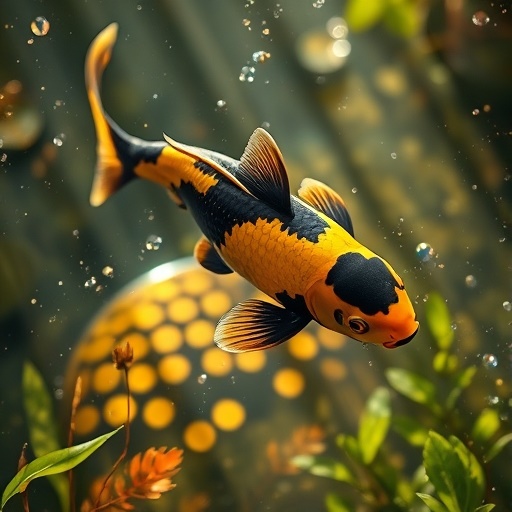Koi fish are celebrated for their striking colors and patterns, which have made them a symbol of beauty and prosperity in many cultures. These aquatic marvels are not just ordinary fish; they represent a perfect blend of genetics, environmental influence, and meticulous care, resulting in their unparalleled vibrancy. Understanding the factors behind their colors offers a deeper appreciation for these graceful swimmers.
The foundation of koi coloration lies in their genetic makeup. Breeders carefully select koi fish with desirable traits, ensuring the production of offspring with unique patterns and vibrant hues. The pigments responsible for these colors come from specialized cells called chromatophores. These cells produce melanin for black, xanthophores for yellow, and erythrophores for red, creating an incredible range of shades. Combined with reflective guanine crystals in their scales, these pigments generate the iridescent sheen that makes koi so mesmerizing.
However, genetics alone do not guarantee vibrant colors. Environmental factors play a crucial role in enhancing or diminishing a koi’s hues. Water quality is perhaps the most significant element. Clear, clean water allows the natural colors to shine, while murky or polluted conditions can dull their vibrancy. Additionally, temperature influences pigmentation, with warmer water often amplifying colors and cooler temperatures causing them to fade. Stress from overcrowding, predators, or sudden changes in their habitat can also lead to a loss of color, underscoring the importance of maintaining a stable environment.
Diet is another essential aspect of koi coloration. These fish thrive on a nutrient-rich diet that includes carotenoids, natural pigments found in foods like shrimp, spirulina, and specific vegetables. These nutrients help intensify red and yellow tones, ensuring koi retain their captivating brightness. Without these dietary elements, their colors may become lackluster, diminishing their visual appeal.
As koi fish age, their colors and patterns naturally evolve. Some varieties, like Kohaku, develop more defined red patches over time, enhancing their visual appeal. However, other koi may experience a gradual fading of their pigmentation, particularly if they are not kept in ideal conditions. This aging process is a natural part of their life cycle and adds to the unique beauty of each individual koi.
The stunning colors of koi fish are a result of a delicate balance between nature and nurture. Their vibrant hues are not only a testament to their genetic heritage but also to the care and attention provided by their owners. For enthusiasts and breeders alike, koi represent a living canvas, showcasing the extraordinary interplay of genetics, environment, and time. Each koi is a masterpiece, a symbol of resilience and artistry, reminding us of the beauty that exists in the natural world.

